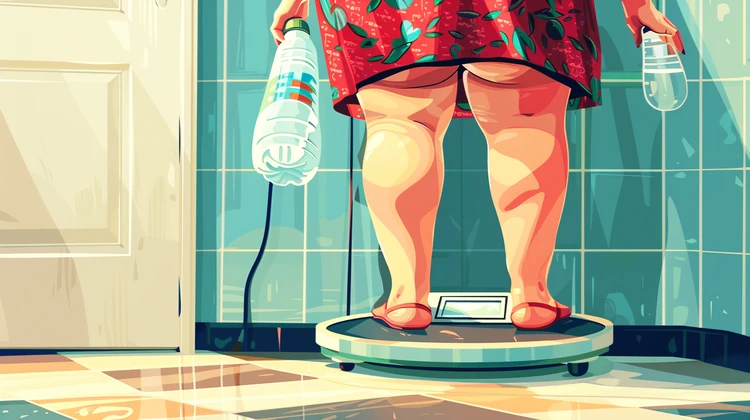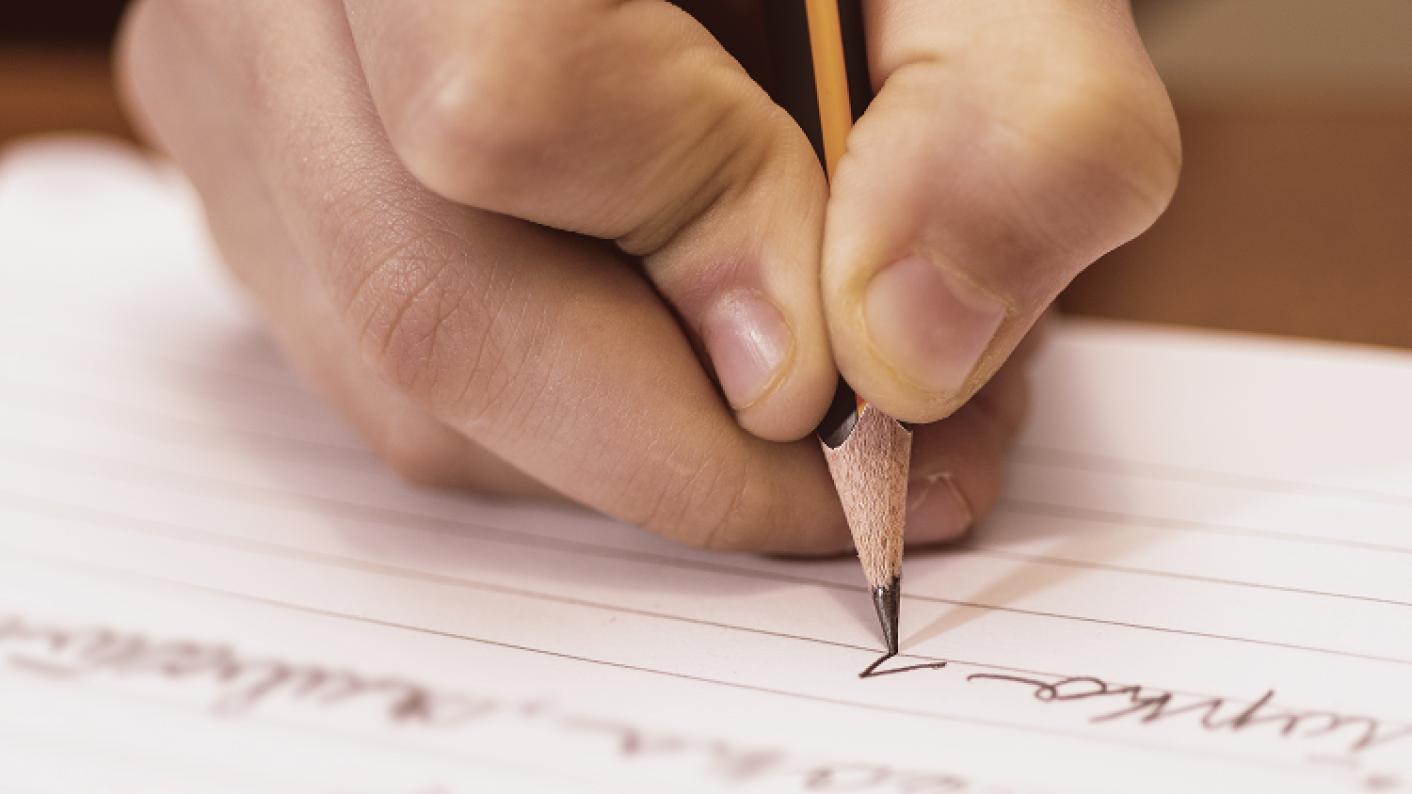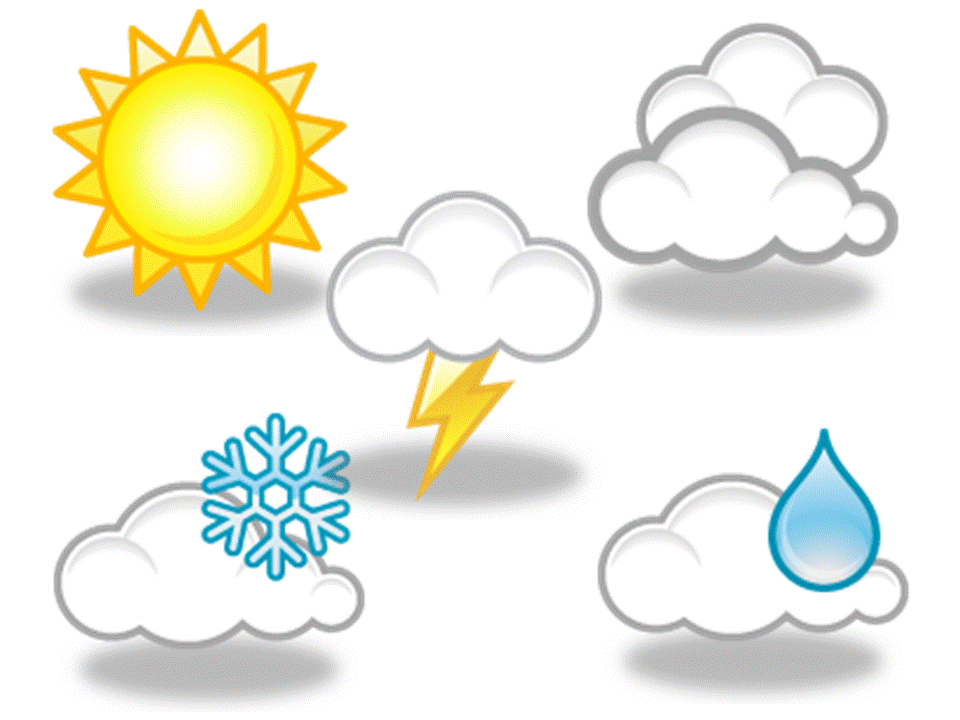And its also a growing concern among seniors

Staying hydrated has become a significant issue for many Americans. Significant to the point that research shows 75% are chronically dehydrated.
But, for those who are on weight loss medications, the problem is even more concerning as many dont realize that dehydration is a common side effect of weight-loss drugs, including diuretics and the new weight loss kids on the block --Wegovy and Ozempic. It can be especially seriousin people who have kidney problemsbecause diarrhea, nausea, and vomiting may cause a loss of fluids.
Losing weight can complicate things further because, according to the Mayo Clinic, dehydration contributes to other side effects associated with weight-loss medications, including constipation, headaches, fatigue, kidney problems and gallstones. And who wants those problems?
Waters best, but not the only option
Although the Mayo physicians consider water as your best choice in terms of beverages, you have options when trying to meet your fluid needs.
What you eat also can contribute to your fluid intake. For example, many fruits and vegetables, such as watermelon and spinach, are almost 100% water by weight, Abby McWaters, registered dietitian at Mayo, said, taking her cue from the recently released The Mayo Clinic Diet: Weight-Loss Medications Edition.
Milk, black coffee and tea also can contribute to your daily fluid intake. Its best to avoid sugar-sweetened drinks. Regular soda, energy or sports drinks, and other sweet drinks contain a lot of added sugars, which can make it more difficult to lose weight.
Pee to please
Depending who you talk to, these daysthe amount of fluids you should be drinking is up for debate. Google that question and youll find everything from Harvard Health suggestingfour to sixcups, to the U.S. National Academies of Sciences, Engineering, and Medicine, which has determined that an adequate daily fluid intake is about 15.5 cups of fluids a day for men, and about 11.5 cups of fluids a day for women.
And McWaters? She says that a quick and easy way to make sure youre getting enough water is to take a look at the color of your urine.
If your urine is colorless or light yellow, thats a good sign youre drinking enough water. If its dark yellow or amber in color, you may need to increase the amount of water you consume, she suggests.
To ensure that your body has the fluids it needs, she votes for making water your beverage of choice and employing these tips:
-
Start your day with at least 8 ounces of water.
-
Drink a glass of water with each meal and between meals.
-
Rehydrate before, during and after exercise.
Older adults and dehydration becoming a prevalent issue
Maureen Wendt is president and CEO of The Dale Association, a non-profit organization providing care for seniors. Shesays that dehydration is common in older adultsbut that its preventable. Staying hydrated reduces falls, constipation, laxative use, and bladder cancer risk in men. It also improves rehabilitation outcomes.
Your body is a temple for water. In fact, most of your body is made up of water. Newborns have the most water at 78% of total body mass, dropping to 65% by age one. On average, bodies of adult men are 60% water. Women contain about 55% water, she wrote.
While thirst is an obvious sign of dehydration, dry mouth, reduced urination, lightheadedness, and confusion can also indicate dehydration. Severe cases can lead to unconsciousness. Uh-oh.
People who are moderately dehydrated may have extreme thirst, a mouth very dry in appearance, decreased urination, and lightheadedness.
It's different for seniors
Wendt says that dehydration in older adults can happen for different reasons than someone in their thirties.
Seniors may have less of an urge to drink, kidneys that don't function efficiently, difficulty communicating, a disease that makes using the bathroom painful, an incontinence problem that causes them to limit fluid intake, or physical problems such as arthritis and pain that interfere with their ability to drink, she contends.
Older adults should be monitored for early signs of shock. These include lightheadedness, signs of fear or confusion, thirst, nausea, vomiting, profuse sweating, and rapid, weak breathing.
Photo Credit: Consumer Affairs News Department Images
Posted: 2024-07-23 11:14:25




















